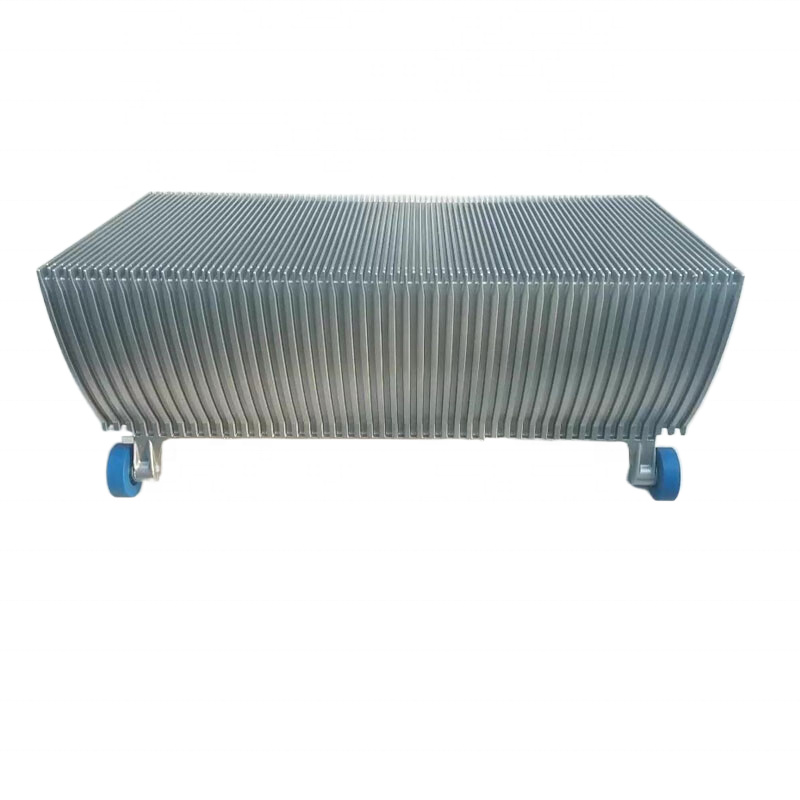**Joint Bearing: Key Functions and Operational Considerations**
Home > Bearing Knowledge > Joint Bearing Function
/*728*90 created on 2018/5/16*/
var cpro_id = "u3440131";
Unlike rolling bearings, joint bearings have a unique structural design and working mechanism, which gives them specific functional characteristics and maintenance requirements. Understanding these aspects is essential for proper application and long-term performance.
1. **Operating Temperature**
The allowable operating temperature of a joint bearing largely depends on the materials used in the sliding surfaces. For example, self-lubricating joint bearings made from plastic materials may experience reduced load capacity at higher temperatures. Bearings with steel-to-steel sliding surfaces rely on the lubricant's thermal resistance. Generally, most self-lubricating and smooth joint bearings can operate within a temperature range of -30°C to +80°C, provided they are used correctly.
2. **Inclination Capability**
One of the key advantages of joint bearings is their ability to accommodate larger misalignment angles compared to standard rolling bearings. This makes them ideal for applications where perfect alignment is difficult to achieve. The maximum inclination angle varies depending on the bearing type, size, sealing method, and support structure. For instance:
- Radial joint bearings typically allow an inclination of 3° to 15°.
- Angular contact joint bearings usually handle 2° to 3°.
- Thrust joint bearings can tolerate up to 6° to 9° of tilt.
3. **Fit and Clearance**
The selection of fit and clearance must be carefully considered to avoid uneven deformation of the bearing rings. The appropriate fit type and grade should be determined based on the bearing type, support configuration, and the magnitude of the applied load.
4. **Installation and Removal**
Proper installation and removal procedures are crucial to prevent damage to the bearing. The force applied during installation or removal should never be directly transmitted through the spherical sliding surface. Instead, tools such as sleeves, pullers, or heating methods should be used to apply even pressure to the mating components.
**Recommend to Friends** | Comments | Close Window
This article is linked to http:// Please cite China Bearing Network: http:// Previous: Abnormal Noise After Transmission Lock Next: What Are the Functional Requirements of Motor Bearing Grease? --- (Word count: 520)
Understanding the Functional Characteristics of Joint Bearings
Source: China Bearing Network | Time: 2013-06-30
| /*250*250 was created on 2017/12/25*/ var cpro_id = 'u3171089'; |
**Recommend to Friends** | Comments | Close Window
| Bearing Related Knowledge |
| Rolling bearings have fundamental functional requirements that depend on the material used. Common materials include ceramic bearings, single-row angular contact ball bearings, and double-row angular contact ball bearings. When using bearings, it’s important to consider factors like lubrication, alignment, and environmental conditions to ensure optimal performance and longevity. |
This article is linked to http:// Please cite China Bearing Network: http:// Previous: Abnormal Noise After Transmission Lock Next: What Are the Functional Requirements of Motor Bearing Grease? --- (Word count: 520)
Thyssenkrupp Escalator Spare Parts
We can provide all kinds of accessories for Thyssenkrupp escalators.
Including: Demarcation Strip, Sidewalk Pallet, Aluminium Step, Chain Roller, AI Drive Roller, AI Bearing Step Roller, Roller, Iron Hub, Press Roller, Wearing Strip, Gliding Bushing, Comb Plate, Step Chain, etc.
Some products may not appear in our product list, but you are welcome to inquire with product pictures and specific parameters.


Thyssenkrupp escalator spare parts,TKE escalator spare parts,Thyssen escalator accessories
Suzhou Keffran Parts Co.,ltd , https://www.keffran-elevatorsmart.com